Origins
How awe-inspiring is the world's largest religious pilgrimage? India's Kumbh Mela will absolutely blow your mind! This mega-festival occurs every 12 years and attracts up to 120 million pilgrims - a number larger than many countries' populations. As a travel blogger who loves exploring and photography, I couldn't miss this visual and spiritual feast.
Historical Background
The story of Kumbh Mela is incredibly fascinating! Legend has it that long ago, gods and demons fought an epic battle over amrita, the elixir of immortality. While churning the ocean of milk, drops of amrita accidentally spilled, with four drops landing in four different locations: Prayagraj, Haridwar, Nashik, and Ujjain. These places became holy sites, and the Kumbh Mela rotates between them.
Imagine these places carrying thousands of years of faith and legend. Each location has its own unique history, like Prayagraj, where the Ganges and Yamuna rivers meet. Hindus believe a third invisible underground river, the Saraswati, also converges here. In ancient Sanskrit texts, this place was known as the "land of sacrifice" and is one of Hinduism's most important pilgrimage sites.
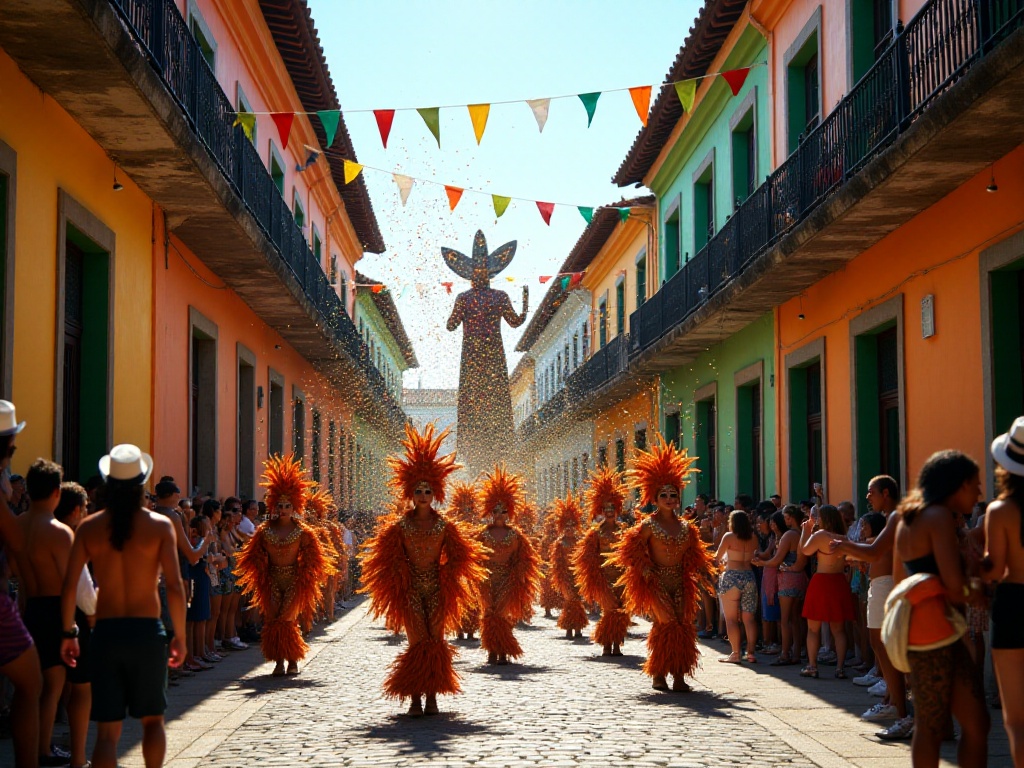
The Pilgrimage Journey
My 2022 experience was absolutely mind-blowing! I'll never forget the stunning scene when I first arrived in Prayagraj. Countless tents spread across the riverbanks like stars, appearing like a massive temporary city from afar. In the morning mist, countless devotees rushed toward the confluence of the Ganges and Yamuna, believing that bathing in these sacred waters would wash away sins from previous lives.
The scenes along the riverbank were unforgettable, from elderly people with gray hair to young mothers carrying babies, and even disabled individuals with walking sticks. They came despite all hardships just for this sacred moment. The air was thick with sandalwood fragrance mixed with flower scents, and the sound of chanting created a solemn and moving atmosphere.
I met a young man from Uttar Pradesh who told me he'd grown up hearing stories about Kumbh Mela from his parents, and this was his first time attending. He said, "Here, you feel an indescribable energy, as if thousands of years of faith are concentrated in this moment."
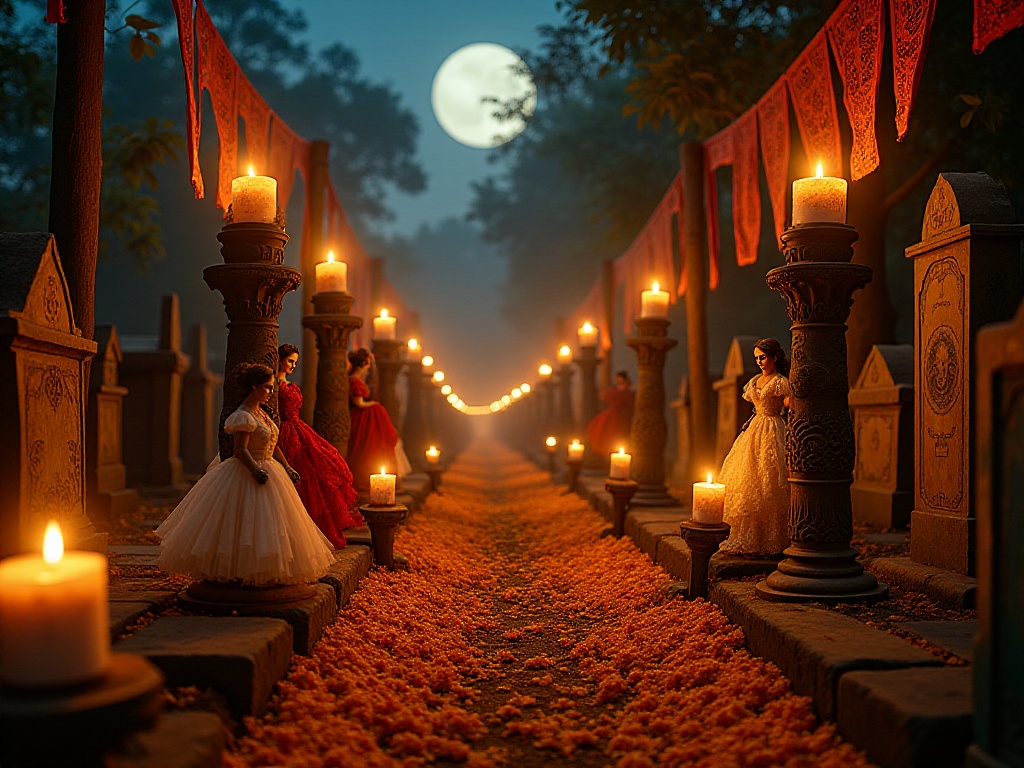
Stunning Scenes
The main bathing day was most shocking. By 3 AM, before dawn, the riverbank was already packed. That single day reportedly saw over 30 million people bathing in the holy river! This number is incredible - equivalent to the population of a medium-sized country.
Watching from high ground, the scene was like something from a movie. Masses of people flowed toward the riverbank from all directions, but amazingly, there was no chaos. Everyone waited orderly for their moment. I saw rich and poor standing together, high-caste Brahmins alongside low-caste Shudras - everyone equal before the holy river.
Interestingly, many people brought containers to collect holy water. They believe this water has special powers that bring luck and blessings. I saw an elderly man carefully filling a copper pot, saying he would take it back for family members who couldn't come.
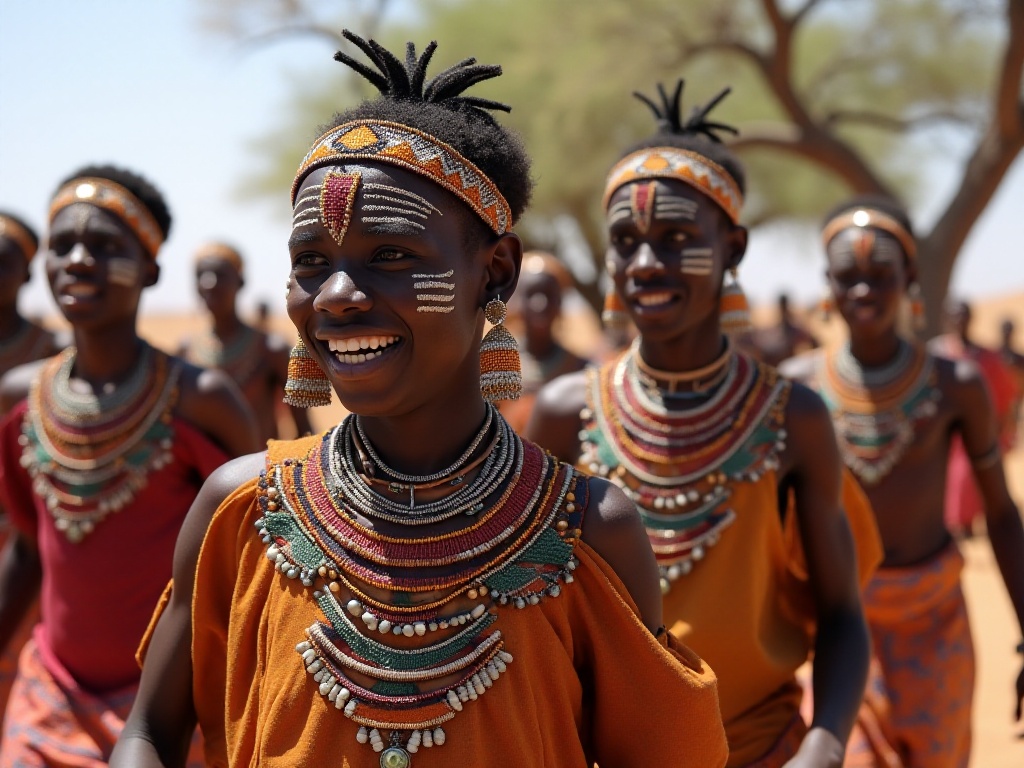
Cultural Experience
The entire city transformed during the festival! Colorful tents lined the streets, with sadhus from all over India setting up camp. These sadhus were fascinating - some with long beards covered in ash, others performing incredible yoga poses, and some meditating motionlessly for hours.
I especially loved exploring the street stalls selling religious items: colorful powders, bead necklaces, copper ritual objects, and various spices. The air was filled with curry and spice scents mixed with Indian incense, creating a mysterious atmosphere.
Most touching was meeting an elderly lady from Kerala. At 75 years old, this was her third Kumbh Mela. She walked hundreds of kilometers each time! When I asked why she didn't take transportation, she said, "Walking is part of the spiritual practice, each step shows respect to the divine." Her eyes were particularly bright, full of unwavering faith.
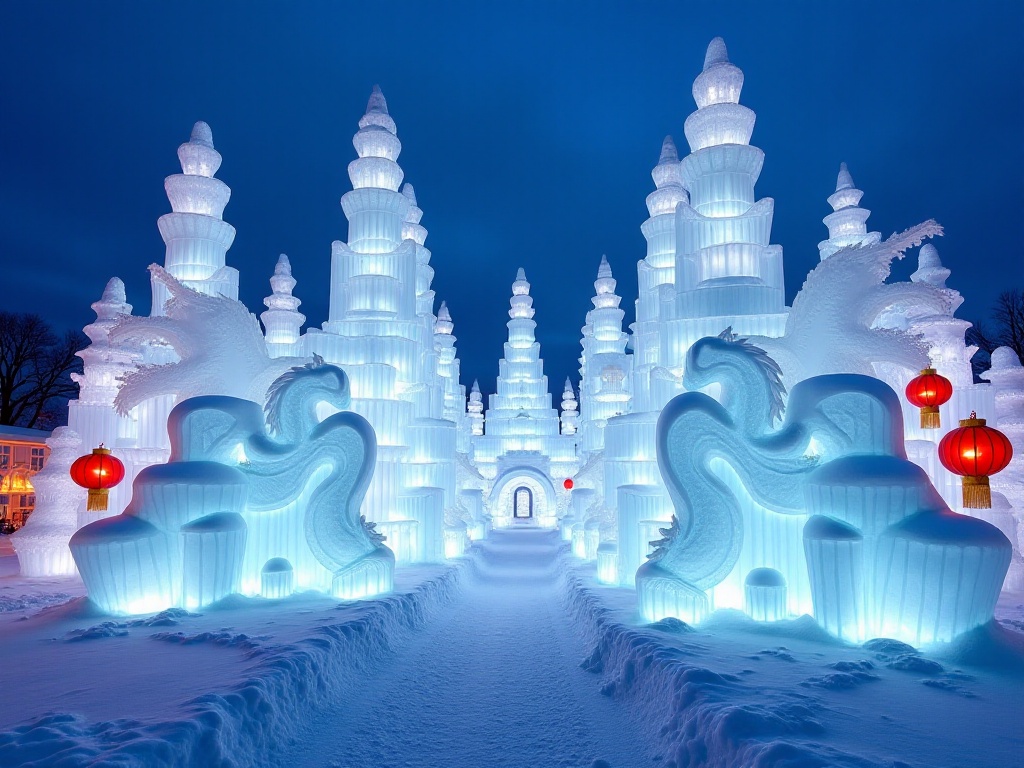
Deep Insights
Kumbh Mela is more than just a religious festival; it's like a mirror reflecting the vitality of Indian civilization. Here, you see the most interesting contrasts: someone livestreaming prayer ceremonies on the latest iPhone next to a sadhu who completely avoids modern technology; people in traditional saris standing beside youth in jeans.
This collision between tradition and modernity is captivating. The 2022 statistics were astounding - Prayagraj received 240 million visitors! That's more than many countries' annual tourist numbers. The festival generated 15 billion rupees in economic income, benefiting local accommodation, dining, transportation, and other industries.
I noticed many young people are also becoming interested in this traditional festival. While perhaps not as devout as older generations, they're curious and respectful of their cultural traditions. A university student told me, "This is our proud cultural heritage, making us feel like inheritors of a great civilization."
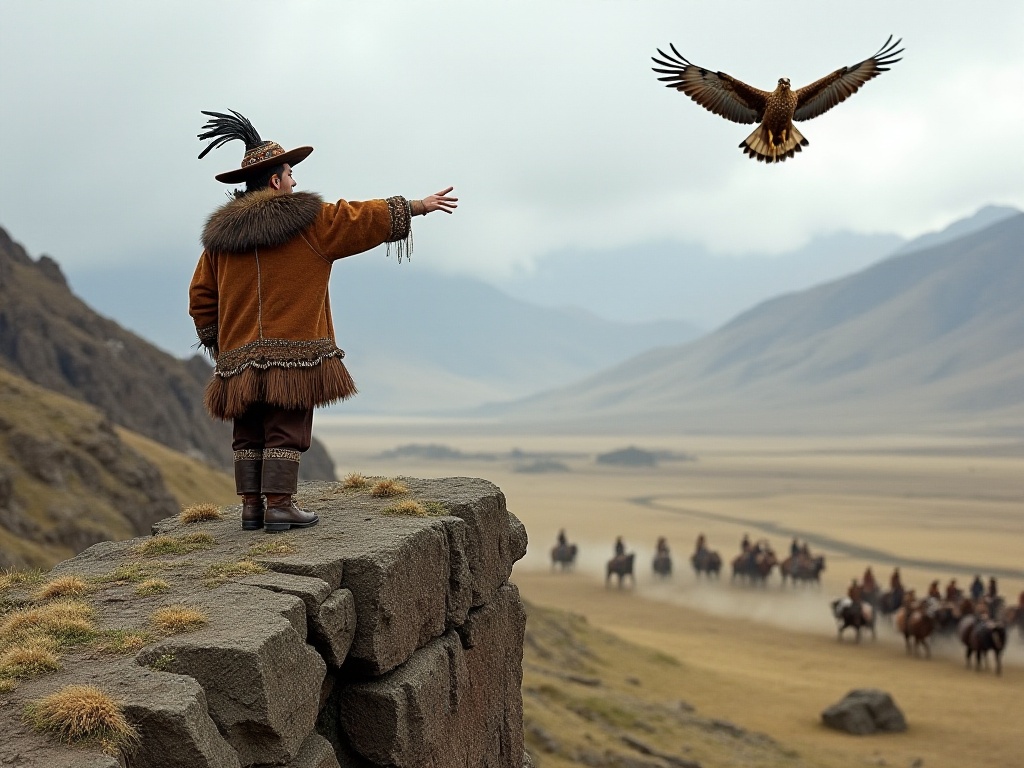
Practical Advice
If you want to experience this festival, start preparing six months in advance. First, secure accommodation, preferably near the river for convenient morning bathing. Be prepared for high hotel prices during the festival - many hotels are fully booked a year ahead.
Sun protection and hydration are crucial! India's sun is intense - bring hats, sunscreen, and sunglasses. Prepare 3-4 bottles of water daily, as finding or buying water can be difficult in crowded areas.
I recommend bringing dry snacks. While street food is everywhere, it's better to avoid it to prevent stomach issues. If you want to try Indian cuisine, stick to proper restaurants.
Most importantly, maintain an open and accepting mindset. Indian culture and lifestyle might be very different from ours, but these differences make the journey more interesting. Learn to view everything with appreciation and respect local customs and beliefs.
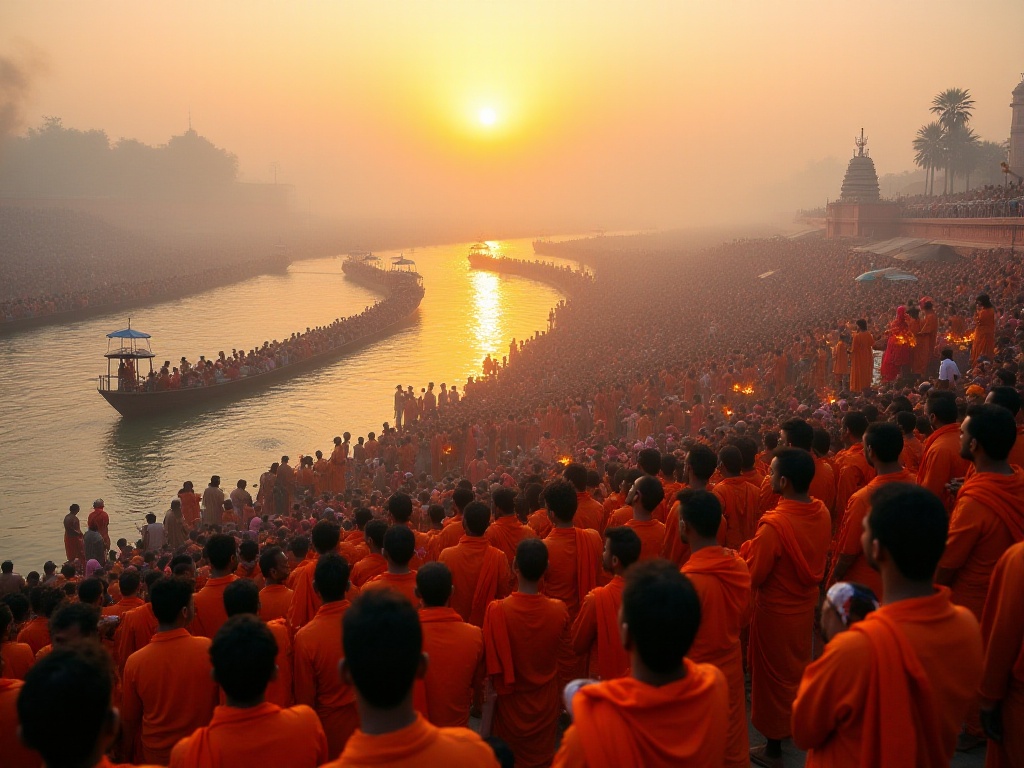
Future Outlook
Kumbh Mela is evolving with the times, becoming increasingly modernized. Organizers have started using smart wristbands to track crowds, established digital management platforms, and even created dedicated apps to help pilgrims navigate.
The next Kumbh Mela in 2028 might attract over 150 million people - an incredible number! However, Indians seem experienced in handling large crowds. They're expanding infrastructure, increasing security measures, and introducing more high-tech solutions to ensure the event remains safe and orderly.
What excites me most is that future Kumbh Melas will attract more visitors from around the world. It's not just a religious festival but an excellent window into Indian culture. Through such cultural exchanges, people from different countries can increase understanding and eliminate prejudices.
India, this magical country, showcases its cultural charm to the world in its unique way. Every time I recall my Kumbh Mela experience, I think: this is true cultural impact! The scenes, atmosphere, and energy are unlike anything else in the world.
Have you participated in similar large religious festivals? Feel free to share your experiences in the comments. In the next post, I'll introduce another fascinating traditional festival - Ethiopia's Timkat, stay tuned.


